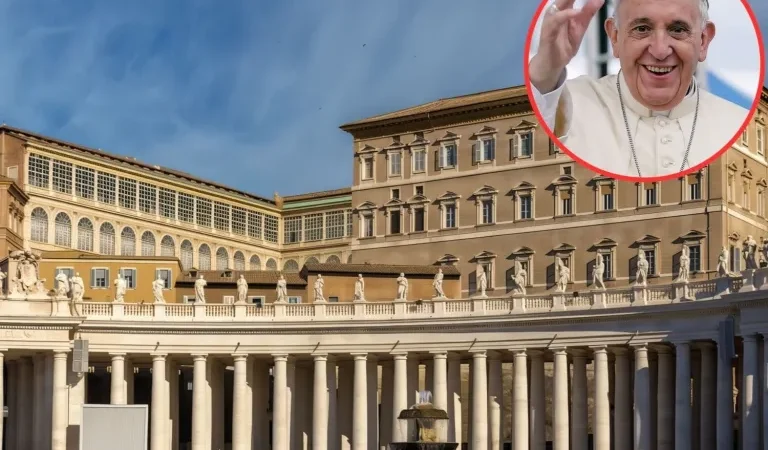When Jorge Mario Bergoglio became Pope Francis in 2013, he immediately signaled a break from long-standing Vatican tradition.
Instead of moving into the palatial Apostolic Palace, valued at around $20 million, he chose to live in Casa Santa Marta (Domus Sanctae Marthae), a modest guesthouse within Vatican City.

His decision wasn’t about comfort or convenience—it was a statement of principle.
By turning down opulence, he embodied his belief that the papacy should be close to the people, not above them.
This act of humility set the tone for his entire pontificate.


Casa Santa Marta
Located on the edge of Vatican City near St. Peter’s Basilica, Casa Santa Marta is far from the lavish chambers typically associated with popes.
Built in 1996 to accommodate cardinals during conclaves, the five-story guesthouse offers simple but comfortable two-room suites.
Suite 201, where Pope Francis lived, includes a sitting room, bedroom, and a modest bathroom.


Unlike the private kitchen and staff quarters of the Apostolic Palace, meals at Casa Santa Marta are taken communally in a dining hall shared with visiting clergy.
This environment allowed the pope to foster a sense of daily companionship with those around him.


Breaking with Centuries of Tradition
Since the early 20th century, every pope has resided in the Apostolic Palace, a symbol of papal authority and splendor.
Its dozen rooms, private chapel, and sweeping views of Rome stood as a visible reminder of the Church’s power.
But Pope Francis consciously disrupted this narrative.

As Archbishop of Buenos Aires, he had already turned down the bishop’s palace, preferring instead a small apartment and public transport.
His continued rejection of excess as pope reinforced his commitment to a simpler, more accessible Church.
A Legacy of Simplicity and Service
Pope Francis’s choice to remain in Casa Santa Marta until his final days speaks volumes about the values he championed.
Even as his health declined, culminating in his passing at the age of 88, he stayed rooted in a place that reflected his mission: to lead through service, not spectacle.


His presence in the guesthouse brought a renewed sense of community to the Vatican, where he dined with priests, prayed with visitors, and lived as one among many.
In doing so, he redefined what it means to be pope—not through grandeur, but through grace.
His death leaves behind a legacy grounded in humility, compassion, and unwavering dedication to the people he served.



